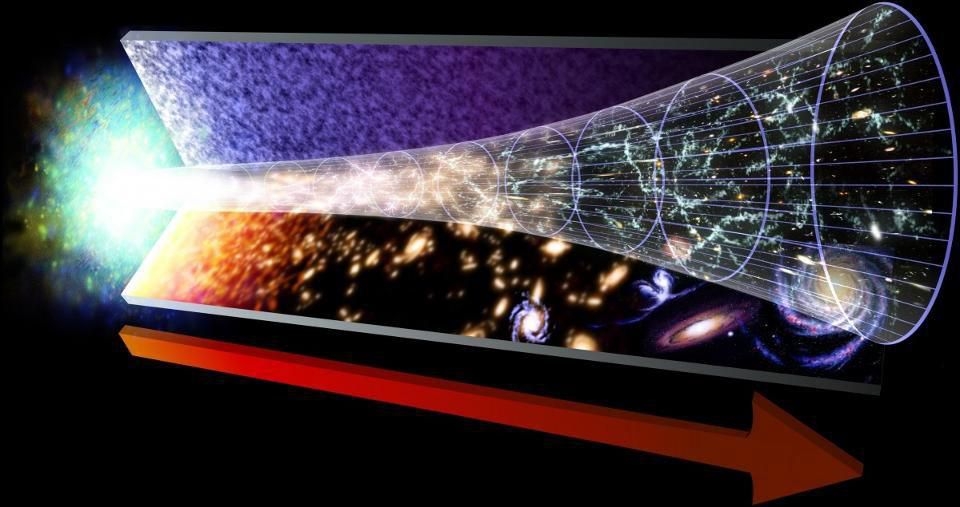We Still Don't Understand Why Time Only Flows Forward

Credit: NASA / GSFC
The history of the Universe and the arrow of time, which always flows forward in the same direction and at the same rate for any observer.
Ethan Siegel , Contributor
MAR 9, 2018
Every moment that passes finds us traveling from the past to the present and into the future, with time always flowing in the same direction. At no point does it ever appear to either stand still or reverse; the “arrow of time” always points forwards for us. But if we look at the laws of physics — from Newton to Einstein, from Maxwell to Bohr, from Dirac to Feynman — they appear to be time-symmetric. In other words, the equations that govern reality don’t have a preference for which way time flows. The solutions that describe the behavior of any system obeying the laws of physics, as we understand them, are just as valid for time flowing into the past as they are for time flowing into the future. Yet we know from experience that time only flows one way: forwards. So where does the arrow of time come from?
See full text